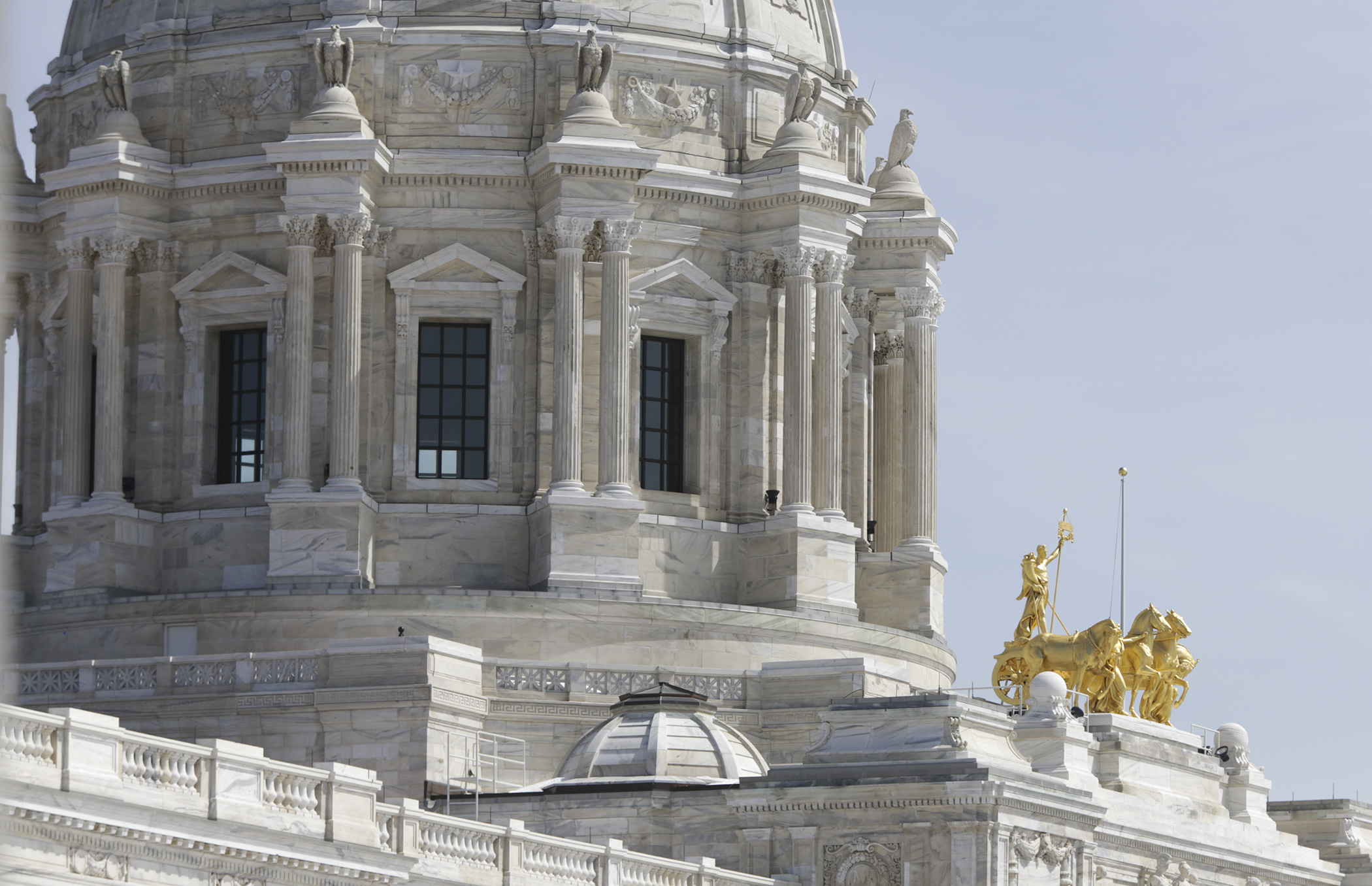Coronavirus-fueled economic uncertainty muddies state budget planning

Was it really less than two months ago when state finance officials indicated Minnesota was projected to have a $1.5 billion surplus?
Even though it feels a lot longer to many folks, the answer is yes.
Now, with the uncertainty of what the COVID-19 pandemic will cost the state up and down the ledger sheet, both short and long term, state officials can no longer paint a rosy picture. Or a full one, because the economic impacts won’t be known for some time.
”The signals we normally use are delayed and muddied and less clear than they usually are,” State Economist Laura Kalambokidis told the House Ways and Means Committee Monday.
What Minnesota Management and Budget officials are certain of, and were able to share at the remote hearing, is that expenses are rising and revenues are falling. No action was taken at the meeting.
Released Friday, the latest revenue and economic update showed state General Fund revenues for February and March were $103 million below forecast amounts.
Additionally, Minnesota’s macroeconomic consultant, IHS Markit, projected a 2.1% national economic growth in 2020, the number used by the state in developing the February Forecast. However, a 5.4% decrease is now projected for the calendar year.
According to the update, “IHS expects the spread of COVID-19 to peak and then dissipate in the second calendar quarter of 2020, allowing social distancing restrictions to be lifted during the third quarter. Economic recovery begins in the third quarter, and real GDP growth turns positive in the fourth. Real GDP growth in 2021 is projected at 6.3 percent.”
The key word may be “expects.”
During his Monday media briefing, Gov. Tim Walz said he’s asked state officials to build a new budget projection in early May that reflects the state’s economic changes. Earlier in the day, Walz extended the peacetime emergency through May 13 and reiterated he won’t reopen the state’s economy until widespread coronavirus testing is available. Less than 1% of Minnesotans have been tested.
Additionally, a hiring freeze has been instituted on all executive branch positions unless the hire is directly related to the state’s COVID-19 response. Agencies cannot use contracts, including professional technical service, to circumvent the freeze. Walz, his chief of staff and all 24 cabinet commissioners will have their salary cut by 10% for the rest of 2020.
Rep. Lyndon Carlson Sr. (DFL-Crystal), the committee chair, asked if it would better to provide a full budget forecast next month rather than just a budget projection. The next full economic forecast isn’t normally due until November.
Many economic, employment and other factors are used to create the most accurate projection. But with numbers rapidly changing over the course of the pandemic, there is much more uncertainty. For example, Kalambokidis said new income tax withholding data arrives each week and some could be hard to interpret in the uncertainty overshadowing the current monetary climate.
“We will do our best to provide information is as timely as it can be and as useful as it can be,” she said.
Myron Frans, commissioner of Minnesota Management and Budget, expects to have an ongoing dialogue with legislators and plans to provide additional updates throughout the summer and fall because revenues and expenses will continue to change.
“I hope things settle off and by July and August we got it all figured out. If that happens it’ll be great for us, but it might not,” he said.
So far this session, more than $551 million has been signed into law by Walz in response to the COVID-19 pandemic: $330.6 million March 28, $200 million March 17 and $20.9 million March 10.
Minnesota is expected to receive approximately $2.2 billion from the federal government within the next week to help cover COVID-19-related expenses. Frans previously said $1.2 billion would be for state government and the remainder for local levels of government. But, he warned, that doesn’t help with decreased state revenue.
Rep. Jerry Hertaus (R-Greenfield) suggested discussions could begin on things in the state budget that’ll need to be cut as revenues continue to lag.
“I think it’s very hard to say at this point that we need to start cutting without knowing exactly where we are in terms of revenues coming in and the expenditures we need to make,” Frans said.
As for a large bonding bill in 2020?
“The interest rate situation is much more volatile than we have faced before,” Kalambokidis said. “It’s countercyclical. It’s good to put people to work; it will have an impact on the budget and that will compete with other needs as resources become more scarce, as revenues contract.”
Related Articles
Search Session Daily
Advanced Search OptionsPriority Dailies
Ways and Means Committee OKs proposed $512 million supplemental budget on party-line vote
By Mike Cook Meeting more needs or fiscal irresponsibility is one way to sum up the differences among the two parties on a supplemental spending package a year after a $72 billion state budg...
Meeting more needs or fiscal irresponsibility is one way to sum up the differences among the two parties on a supplemental spending package a year after a $72 billion state budg...
Minnesota’s projected budget surplus balloons to $3.7 billion, but fiscal pressure still looms
By Rob Hubbard Just as Minnesota has experienced a warmer winter than usual, so has the state’s budget outlook warmed over the past few months.
On Thursday, Minnesota Management and Budget...
Just as Minnesota has experienced a warmer winter than usual, so has the state’s budget outlook warmed over the past few months.
On Thursday, Minnesota Management and Budget...